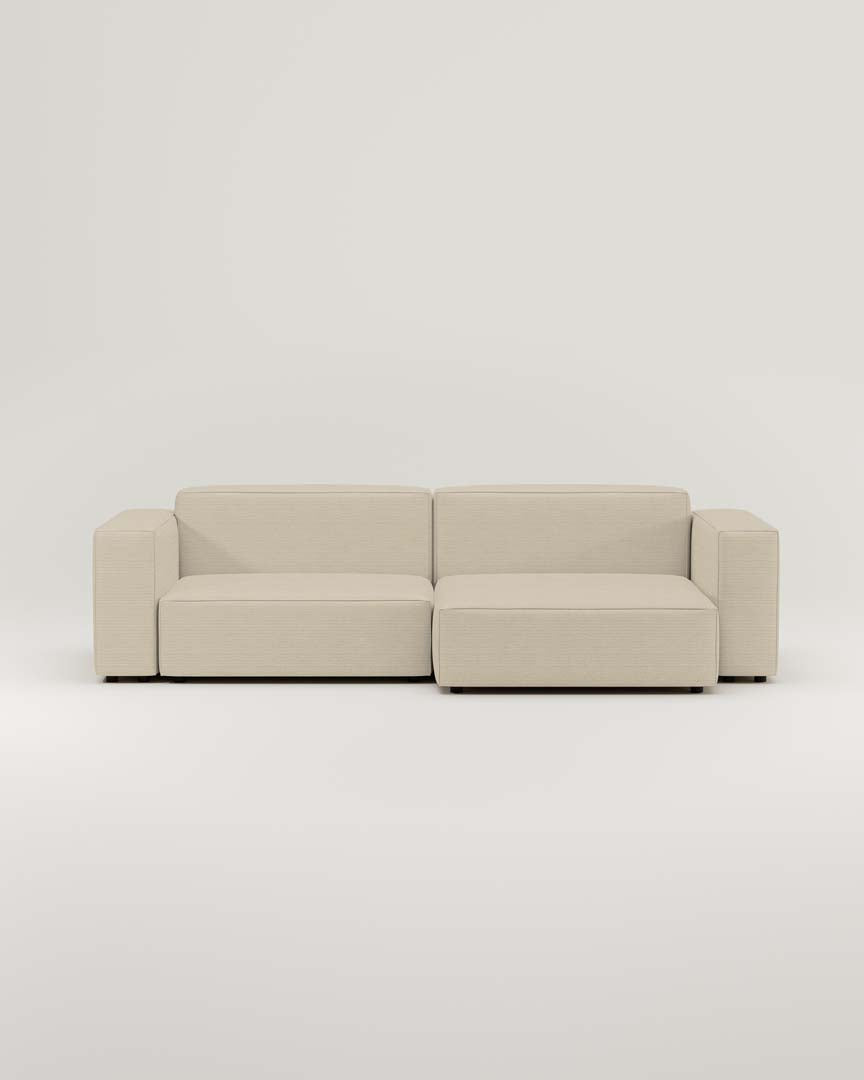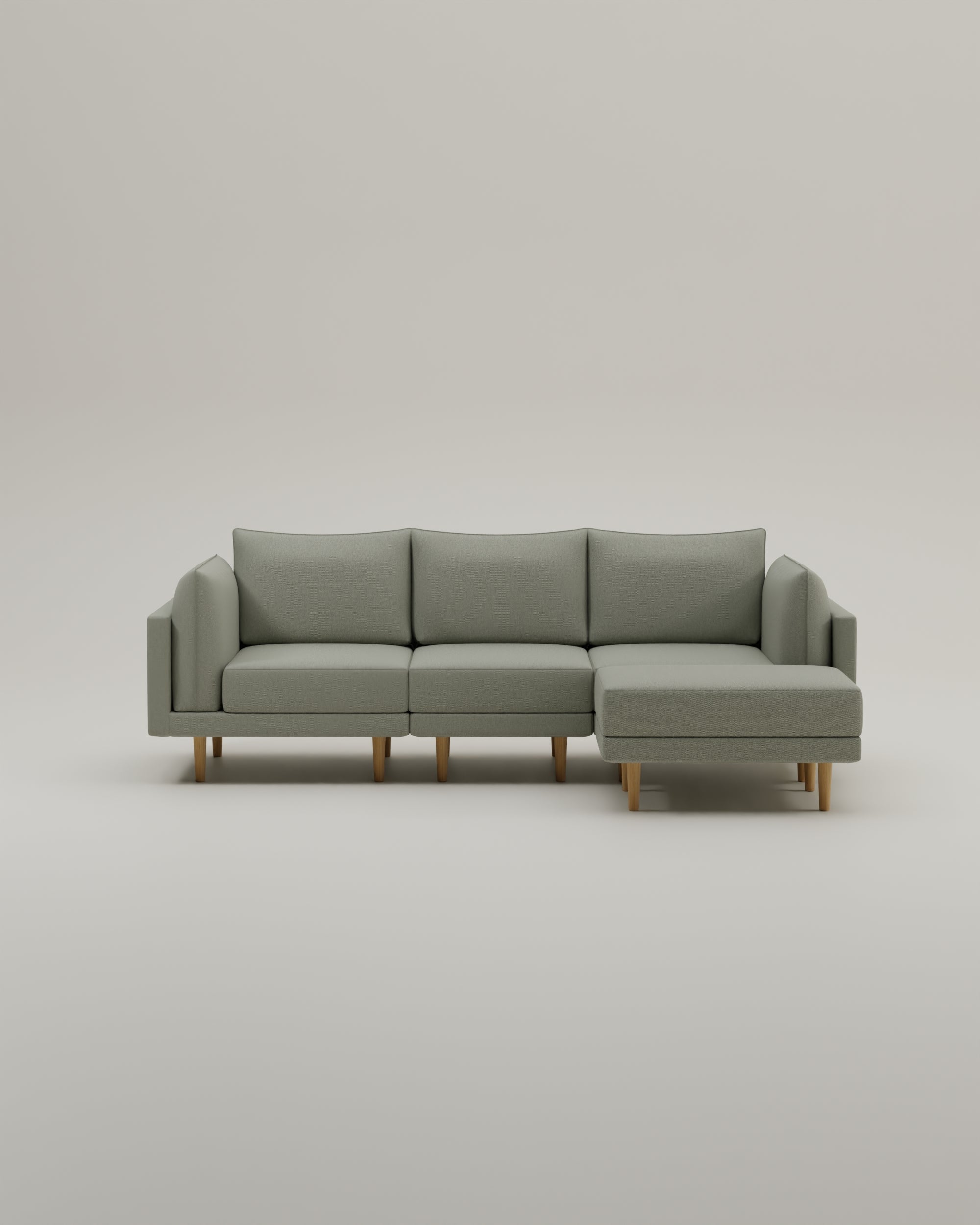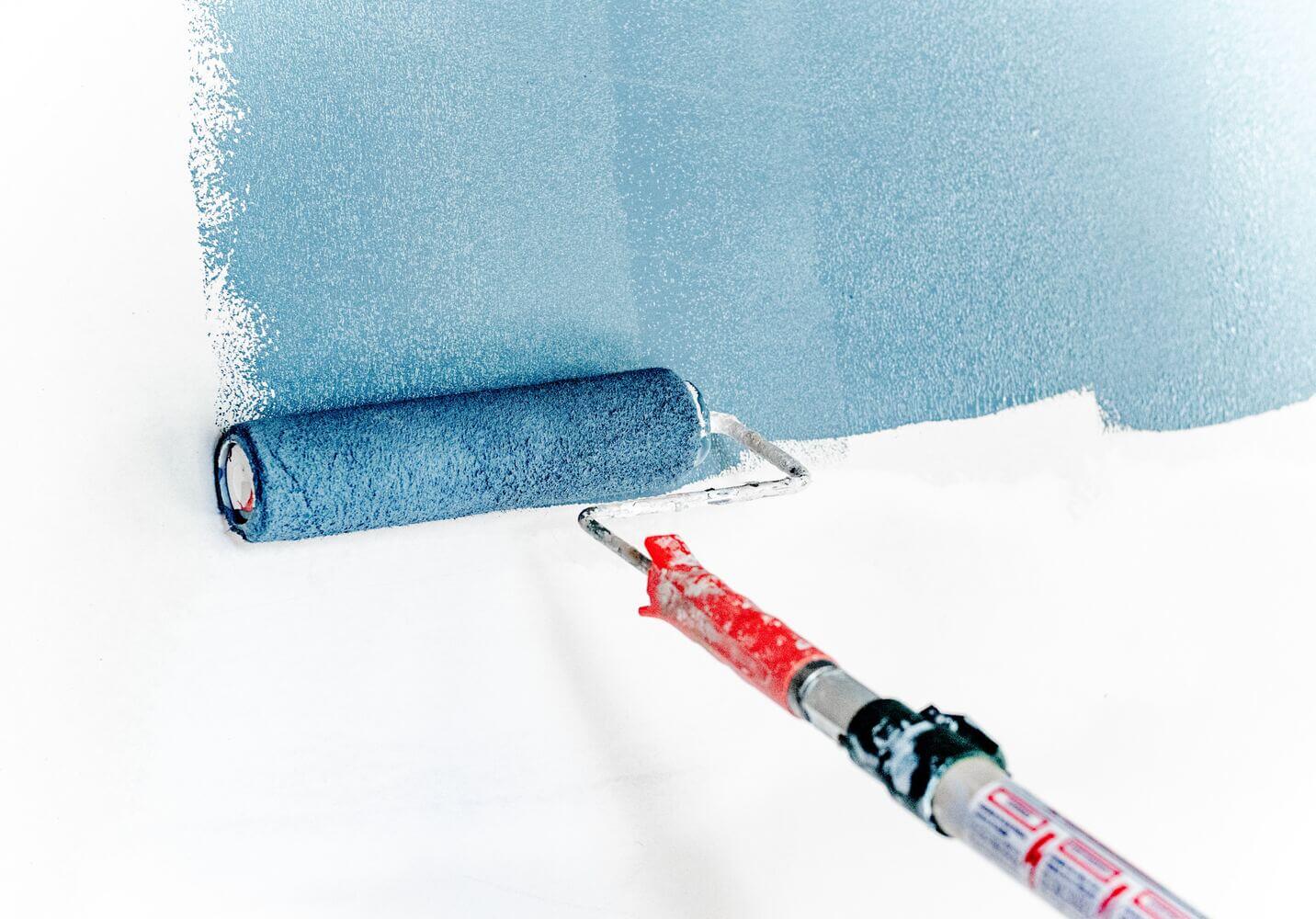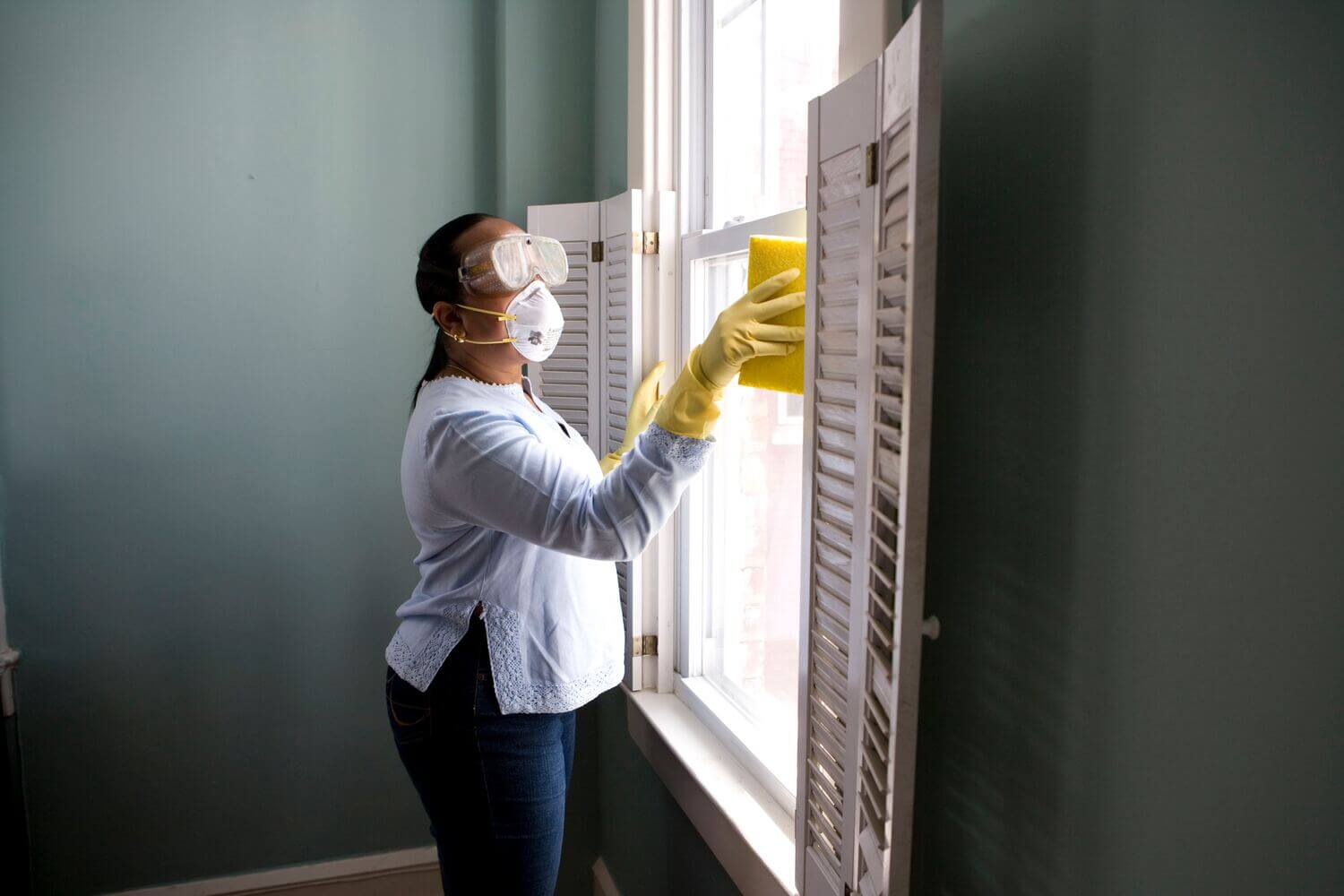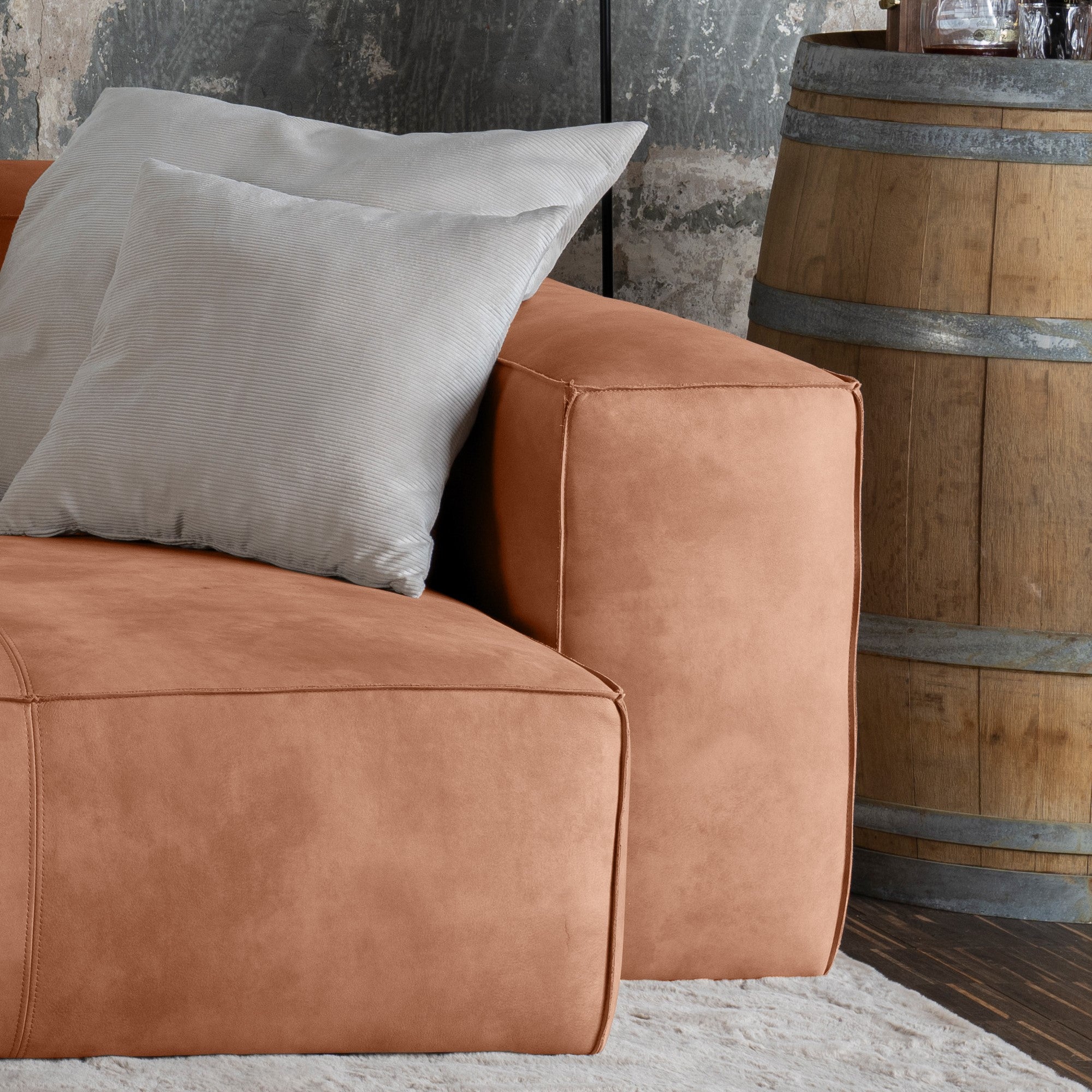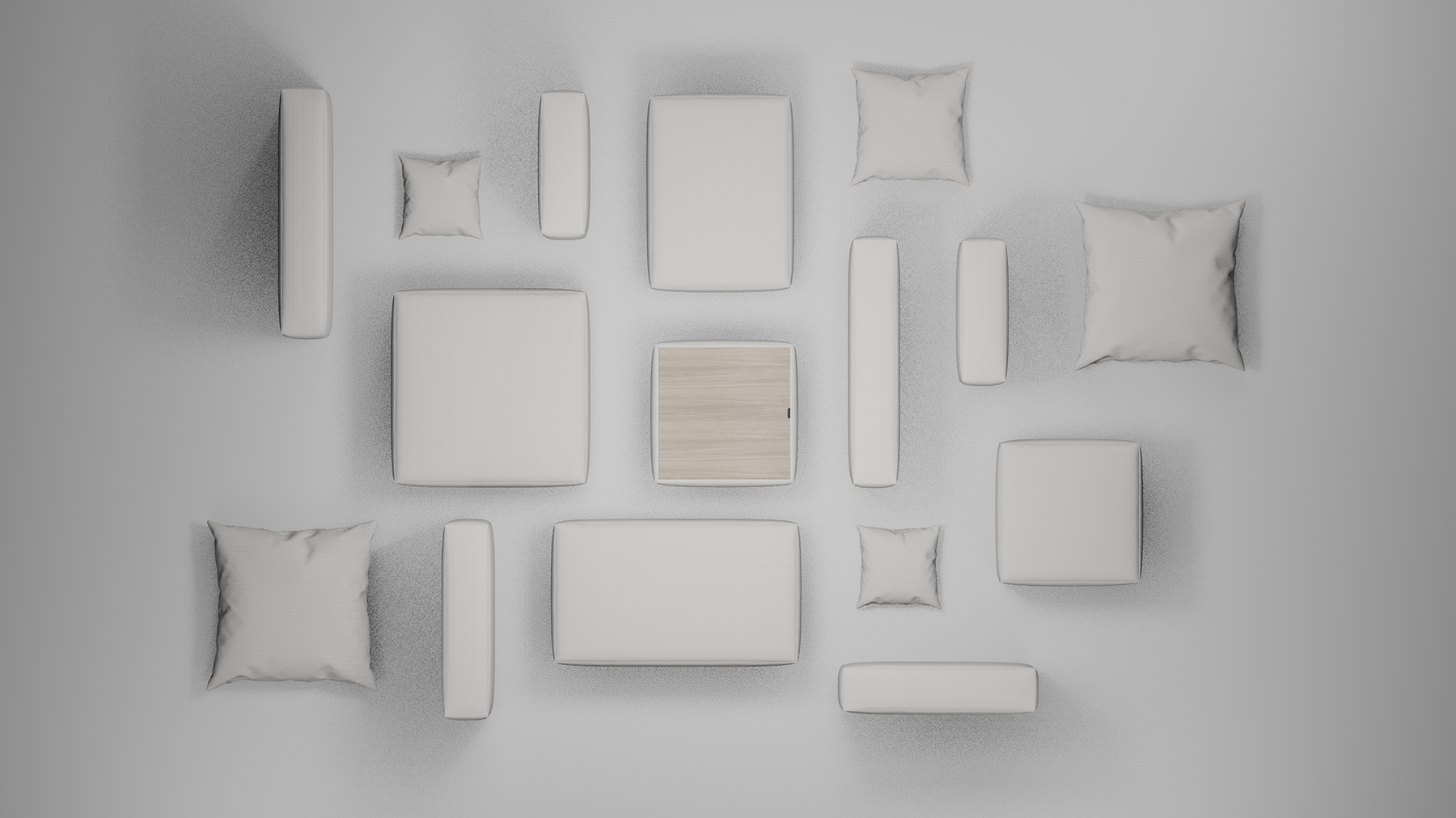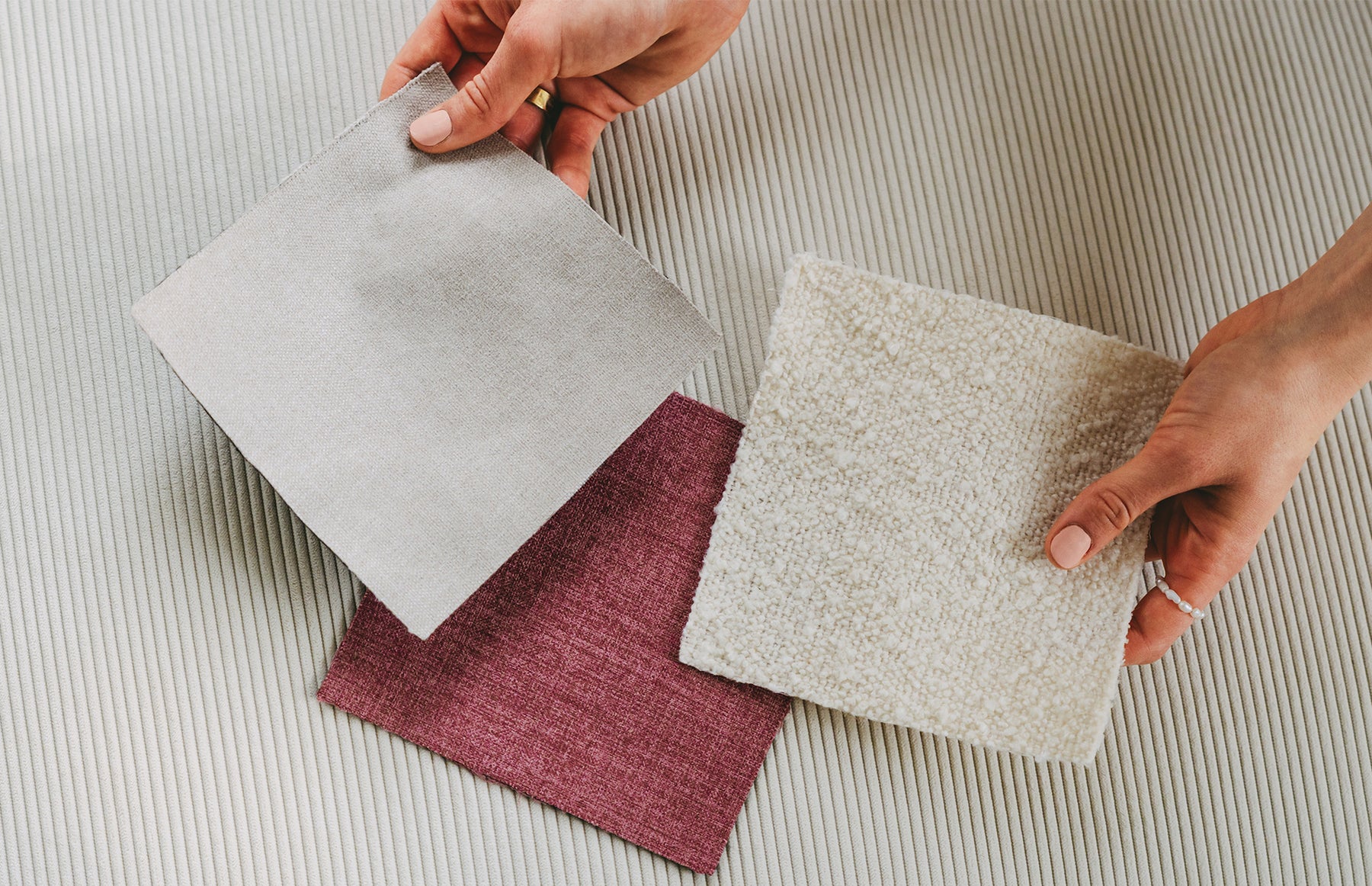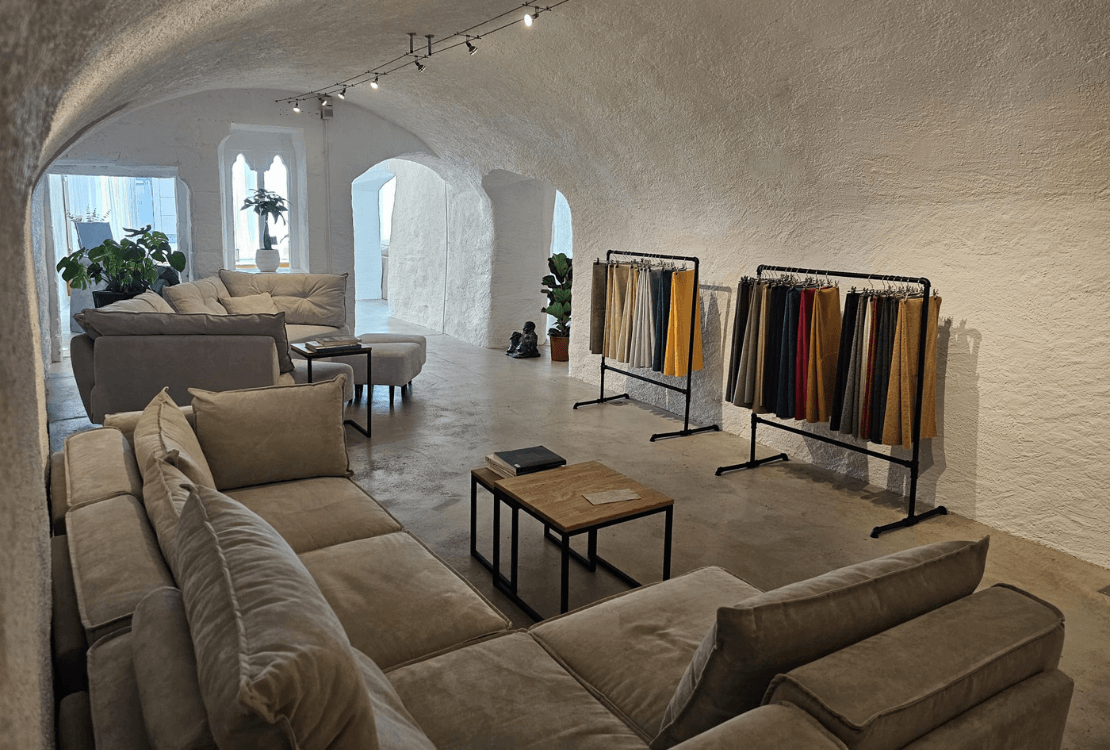Have you decided to renovate your living room and are looking for new ideas to give your room a fresh and modern note? Choosing the right wall color plays a crucial role. In this article we present ideas, trends and tips that will help you design your living room wall.
Why is the wall color in the living room so important?
The Color The wall has a big influence on the atmosphere and mood in a room. It is particularly important in the living room to Color To choose that invites you to relax and at the same time reflect your personal style.
If its about The design of the living room goes, the wall color plays a crucial role. It can turn the room from a simple place to an inviting and cozy retreat. Choosing the right one Color can influence the entire aesthetics and atmosphere of the room.
The wall color in the living room should not only be aesthetically appealing, but also support the function of the room. Depending on how you use your living room, you can choose different colors to create the desired mood. For example, if you would like to relax and want to calm down, calming colors such as blue or green are a good choice. However, if you prefer a lively and energetic ambience, you can choose warm colors such as red or orange. When choosing the color, you should also make sure that the Color To the rest of the furniture, like Sofas, Coffee tables or other decorations fit.
The psychological effect of colors
Colors have a direct influence on our feelings and emotions. For example, warm colors such as red or orange can create a cozy and inviting atmosphere, while cooler colors such as blue or green can have a calming effect.
The psychological effect of colors It has been researched and used for a long time. It is known that certain colors can cause certain emotions. Red is often associated with energy and passion, while blue stands for calm and serenity. Yellow can convey joy and optimism, while green can have a soothing and refreshing effect.
When choosing the wall color in the living room, it is important to take into account the desired mood and atmosphere. Would you like to create a room that invites you to relax and switch off? Then gentle and soothing colors such as pastel blue or lavender may be the right choice. On the other hand, if you want to design a room that exudes energy and vitality, you can choose stronger colors such as sun yellow or bright red.
How colors influence space perception
The choice of your wall color can also affect your spatial perception. Bright colors make a space larger and more open, while darker colors can give it a more comfortable and intimate atmosphere. It is therefore important to take the size and shape of the room into account when choosing the wall color.
If you have a small living room, you can visually enlarge the room with light colors such as white or pastel colors. Due to the reflective properties of these colors, the light is better distributed in the room and it looks airier and more spacious. However, if you have a large living room and want to create a more comfortable atmosphere, you can work with darker colors such as dark gray or brown. These colors absorb the light and make the room appear more intimate and inviting.
Space perception can also be influenced by the use of color combinations. By combining different colors on the walls, you can highlight certain areas in the room or visually connect with each other. For example, you can use to remove a wall in a powerful one Color Create an eye -catcher or define different areas in the room through the use of contrasting colors.
Top 10 ideas for wall colors in the living room
Classic color elections
If you prefer a timeless and elegant look, classic colors such as beige, gray or white are a good choice. These neutral colors offer a versatile basis that can easily be combined with different furniture and decorations.
Beige is a warm and soothing Color, which gives your living room a cozy atmosphere. It is an excellent choice for rooms in which you want to relax and calm down. Gray, on the other hand, is a versatile Color, which can have a cool and modern and inviting and inviting, depending on the color. White is a timeless and elegant one Color, which gives your living room a bright and airy ambience. To underline the light wall colors, a sofa is suitable in a light fabric, such as Cord Nata, Taupe or Truffle.
Brave and modern color ideas
For a lively and individual look you can choose strong colors such as yellow, red or blue. These shades give your living room a modern and fresh charisma and offer an exciting contrast to neutral furniture and accessories.
Yellow is a happy and energetic Color, which gives your living room a sunny and inviting atmosphere. It is a great choice to lighten a room and give it a positive mood. Red, on the other hand, is a passionate and powerful one Color, which gives your living room a warm and inviting atmosphere. It can be used as an accent color to highlight certain areas or as a wall color to achieve a dramatic effect. Blue is a calming and relaxing Color, which gives your living room a quiet and peaceful atmosphere. It is an ideal choice for rooms in which you want to relax and switch off.
Current trends in the wall color design
Natural and earthy colors
A current trend in the wall color design for living rooms are natural and earthy colors such as brown, green or terracotta. These colors create a warm and cozy atmosphere and make the room look close to nature.
The use of brown in the wall color design can include various shades, from a gentle beige to a deep chocolate brown. This Color Gives the room a certain elegance and fits well with a rustic or classic furnishing style.

Green, on the other hand, symbolizes nature and brings freshness into the room. There are different green tones that can be used for the wall color design, such as a gentle mint green or a strong forest green. This Color Has a calming effect and can create a relaxed atmosphere.

Terracotta is a warm, earthy red-brown that is reminiscent of Mediterranean landscapes. It gives the room a rustic and cozy note. Terracotta colors can be well combined with neutral colors such as cream or gray to achieve a harmonious overall impression.
Mystical black
It certainly requires some courage to choose black as a wall color. But if you take the risk, you will be rewarded. Even a single wall can give the room a completely new atmosphere. In the living room, this deep color fulfills several functions: the calm non -color enables the eyes to relax, form a neutral basis for colors and patterns of all kinds and gives the room a modern touch. Textiles in gentle colors, such as pink, ensure a bright spot in the dark. Black radiates self -confidence and can create cosiness at the same time. Because dark tones make walls appear closer and enclose us like a warm blanket.
Lively and strong colors
On the other hand, lively and strong colors such as pink, turquoise or violet are also trendy. These shades give your living room a living and energetic note and set interesting accents.
Pink is a strong and striking one Color, the room sofort makes a eye -catcher. It can be used as a wall color to design a room with personality and individuality. Pink can be combined well with neutral colors such as white or gray to create a balanced contrast.
Turquoise is a refreshing and lively Color, which is reminiscent of tropical waters. It can give the room a certain lightness and create a relaxed atmosphere. Turquoise can be combined well with other shades of blue or with white to create a maritime flair.
Violet is an elegant and mysterious Color, which gives the room a certain depth. There are different violet tones, from a gentle lavender to a deep eggplant. Violet can be combined well with other colors such as gray or beige to achieve a harmonious overall impression.
Choosing the wall color plays a crucial role in the design of your living room. Whether natural, earthy colors or living, strong colors - the most important thing is that the colors fit your personal style and the desired atmosphere. Be creative and design your living room exactly as you imagine!
Practical tips for choosing the right wall color
Consideration of light and space size
Before you choose a wall color, you should take the natural lighting into account in your living room. Bright colors reflect the light and make the room appear larger, while dark colors absorb the light and make the room more comfortable.
The lighting in one room can vary depending on the time of day and weather conditions. If your living room gets a lot of daylight, you can also consider stronger colors to make the room more lively and more energetic. However, if your living room is rather dark, you should choose lighter colors to lighten the room and create a friendlier atmosphere.
The size of the room also plays an important role in choosing the wall color. In a smaller room, bright colors can help to visually enlarge the room and create an airy atmosphere. Darker colors can be used for larger rooms to create a more comfortable and more intimate atmosphere.
Coordination of the wall color with furniture and decoration
It is important to match the wall color to your furniture and decorations. Select colors that complement the existing colors and achieve a harmonious overall effect. Test different color patterns on the wall to ensure that the Color fits your living room well.
For example, if you have a neutral color palette on your furniture, you can set accents with a stronger wall color and give the room more personality. However, if your furniture already has striking colors, you should choose a wall color that complements these colors and do not compete with them.

Do not forget that the wall color should also match the decorations in the room, such as the Pillow or Carpet. For example, if you have works of art on the walls, choose a wall paint that highlights the colors in the works of art and turns them into the center of the room.
How to apply the wall color in the living room yourself
Preparation of the walls
Before you apply the wall color, it is important to prepare the walls thoroughly. Remove old wallpapers or layers of color, clean the surface thoroughly and repair any cracks or bumps.
It is advisable to primed the walls before painting in order to better liability of the Color to ensure. A primer ensures an even surface and prevents the Color is applied unevenly. Select a primer that is about your wall quality and the desired Color fits.
Application techniques for a professional look
You can use different application techniques for a professional result. Use a color roller for straight surfaces and a brush for corners and edges. Wear the Color in even and controlled movements and let them dry enough.
If you want to achieve a decorative effect, you can also use different techniques such as sponge, dab or wiping technology. These techniques give your wall an interesting pattern or a texture and give your living room a unique look.
It is also important to the right amount Color to apply. Too little Color can lead to uneven results, while too much Color can lead to drops and unclean edges. Pay attention to the Color to distribute evenly and excess Color Daddle to get a clean end result.
After you the first layer Color applied, let them dry enough before you apply a second layer. A second layer ensures better color coverage and a more even look.
With these tips you can give your living room a new look and create a room that reflects your personal style. Experiment with different colors and techniques and have fun designing your living room!
